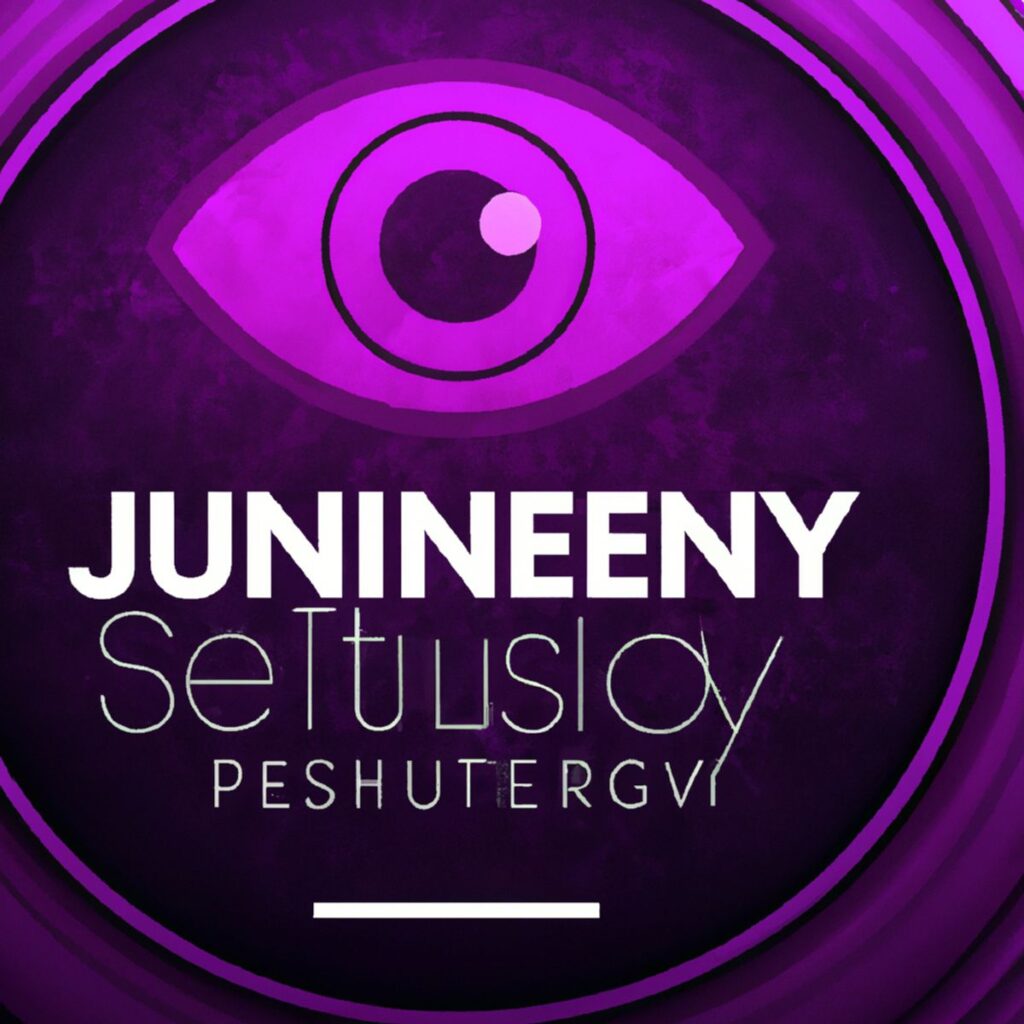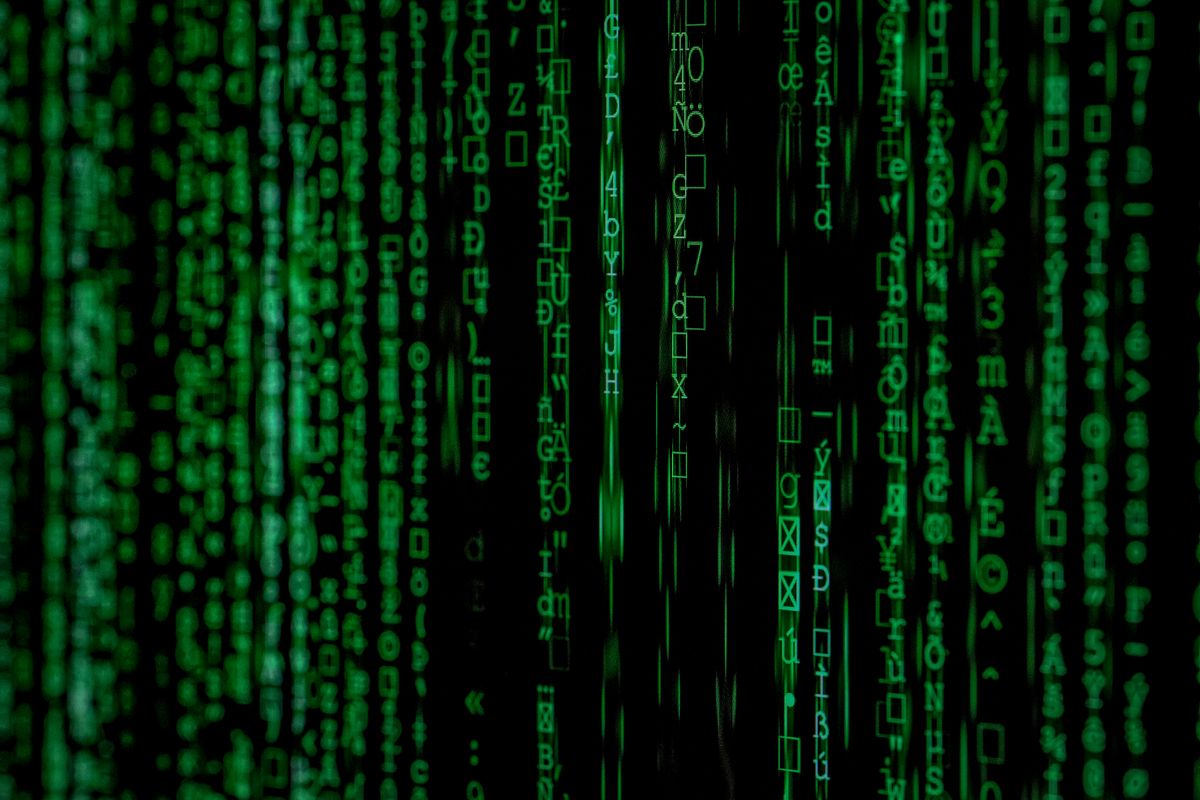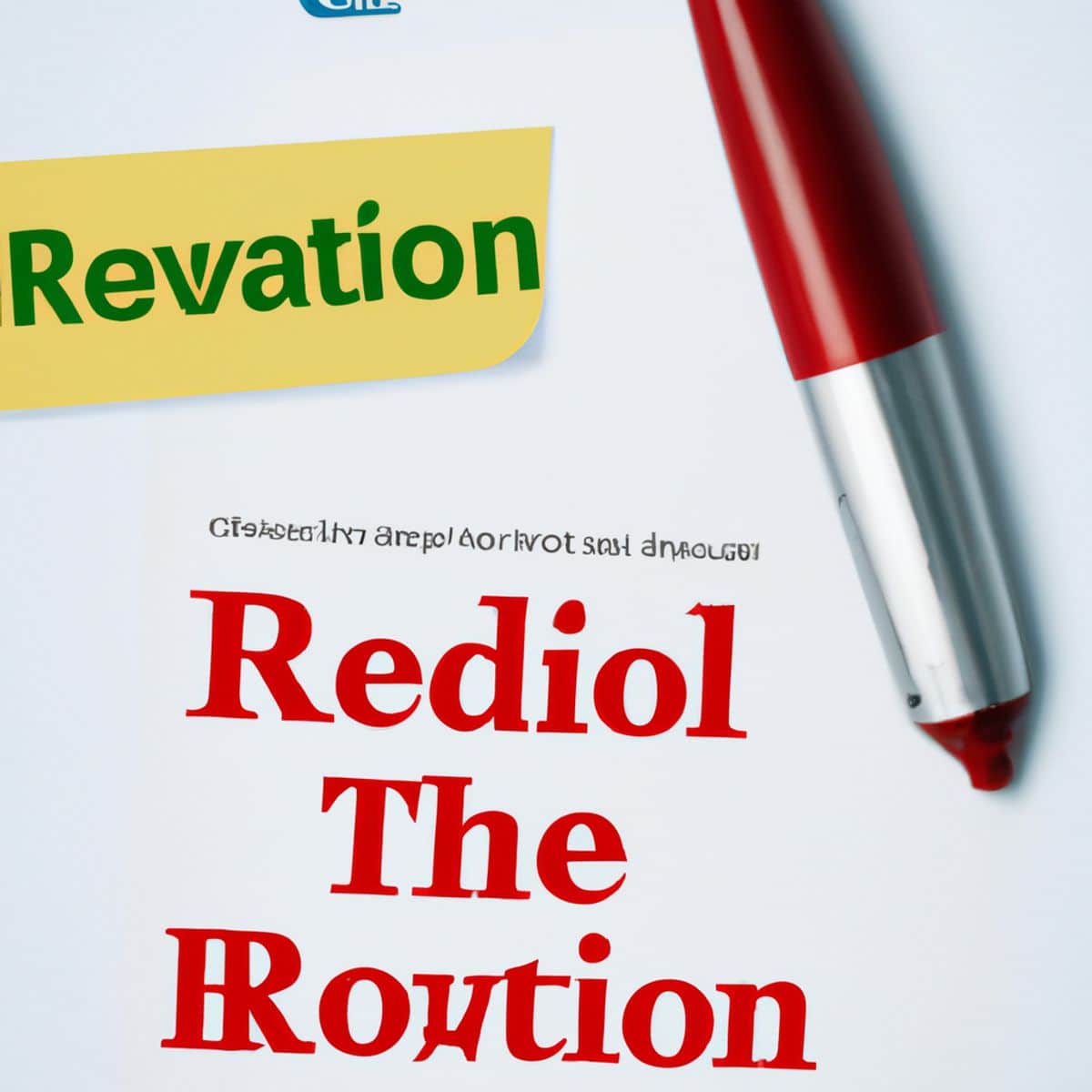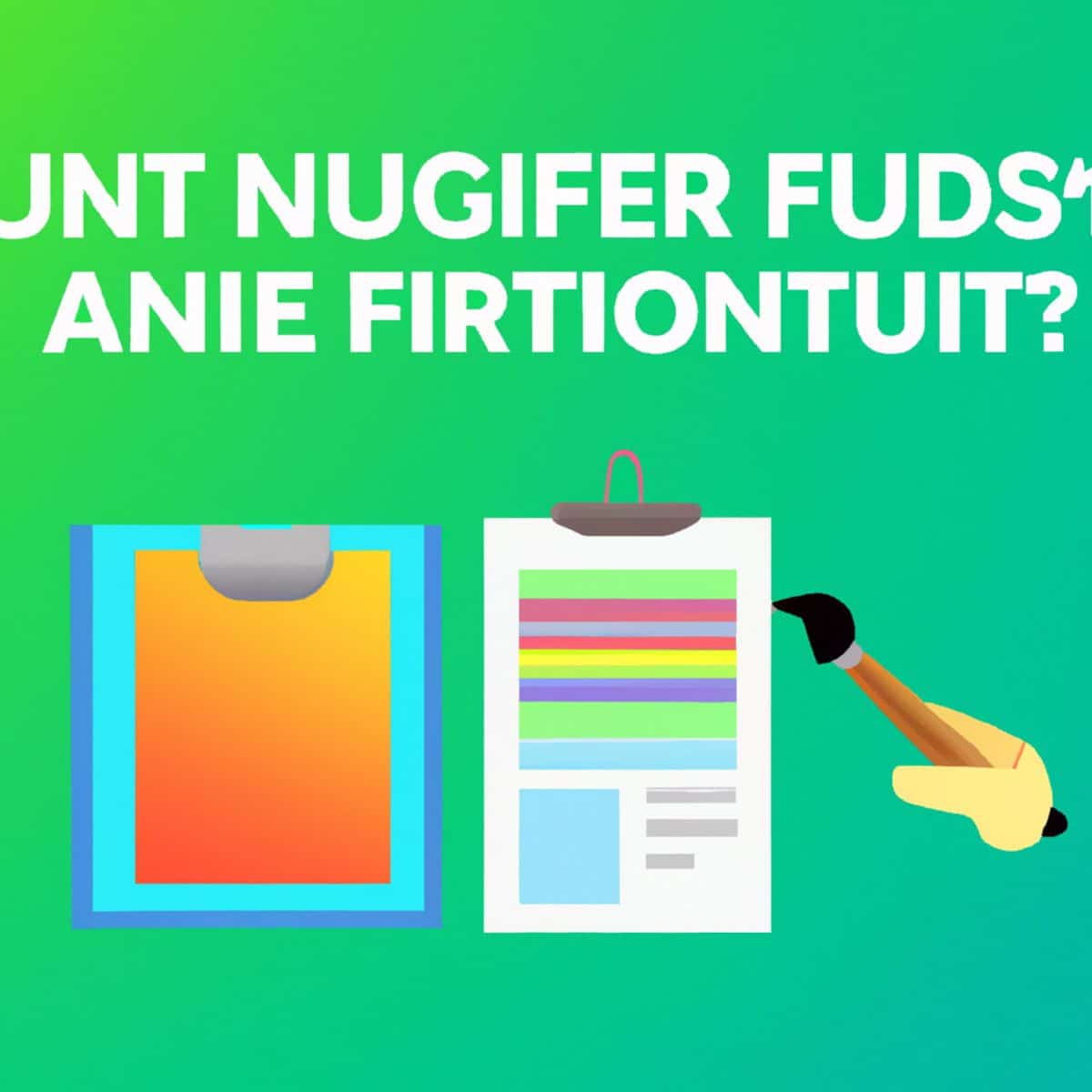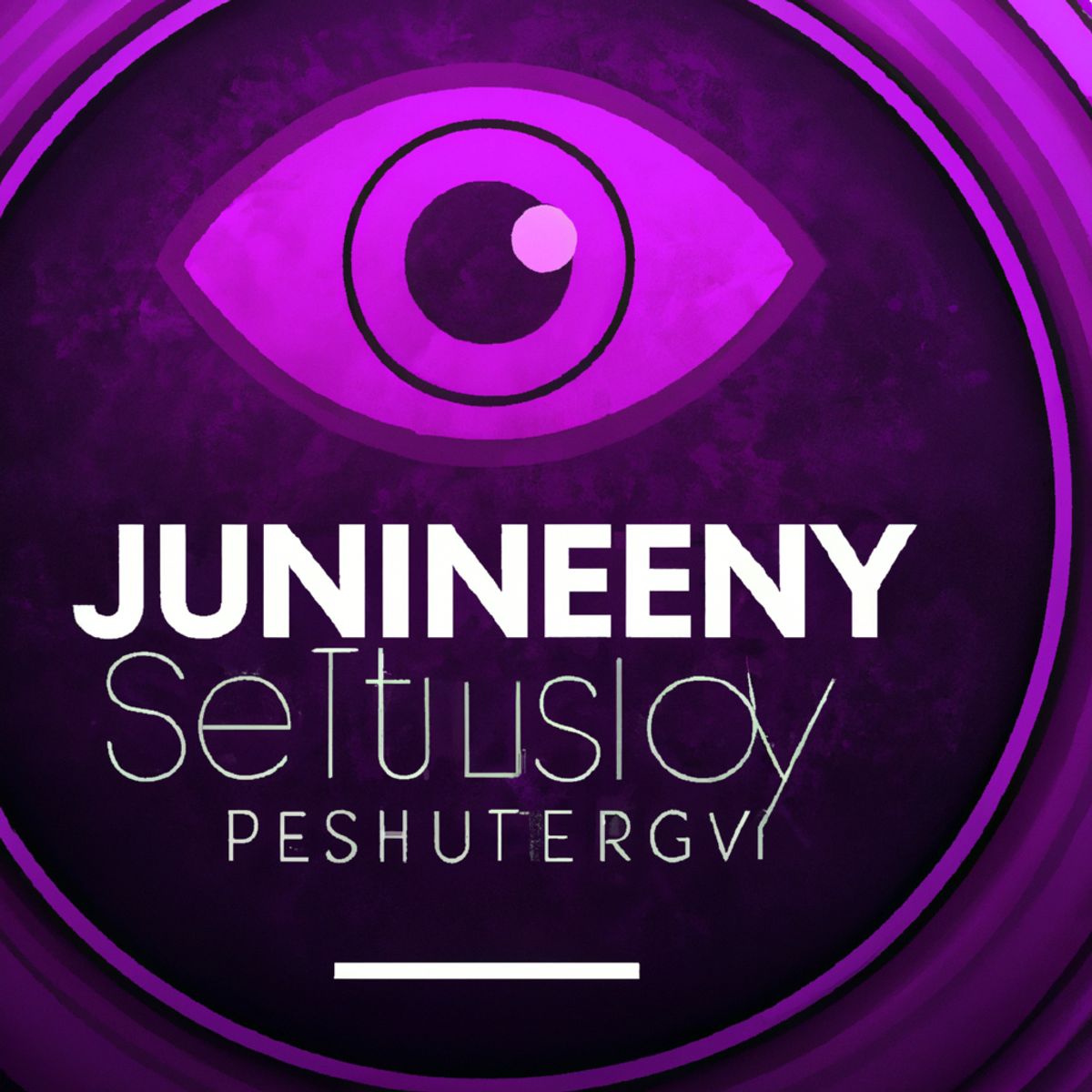The digital art landscape has been revolutionized by the advent of Non-Fungible Tokens (NFTs), transforming how we create, collect, and perceive art in the digital realm. ‘Embracing Pixels: The Journey of a Digital NFT Artist’ delves into the origins, evolution, and future of NFT artistry, exploring the pivotal moments and key players that have shaped this burgeoning field. From the McCoys’ groundbreaking ‘Quantum’ to the market frenzy around Beeple’s multimillion-dollar sale, the article traces the trajectory of digital tokens from niche novelty to a significant force in the art world.
Table of Contents
ToggleKey Takeaways
- The McCoys’ ‘Quantum’ marked the birth of NFTs, setting the stage for a decade of digital art innovation.
- NFTs have catalyzed a new era of digital art, providing artists with unprecedented creative and economic opportunities.
- The 2021-22 NFT bubble exemplified the volatile intersection of art and cryptocurrency markets.
- Technological advancements and the emergence of Web3 are paving the way for a shared technical standard in the digital art world.
- The integration of NFTs into art institutions signifies a shift in how digital art is preserved, accessed, and valued.
Pixelated Beginnings: The Genesis of NFT Artistry
The First Stroke: Unveiling the Origins of NFTs
The tapestry of NFT artistry is woven with threads of innovation and a spirit of defiance against the traditional art market. The origins of NFTs are as pixelated as the early digital art they represent, marking a pivotal moment in the history of art and technology. The McCoys’ creation of ‘Quantum’ in 2014, a simple yet groundbreaking digital file, laid the foundation for what would become a revolution in art ownership and distribution.
- 2014: The McCoys mint ‘Quantum’, the first NFT
- 2021-22: The NFT market experiences a significant bubble
- Beeple’s ‘Everydays’ sells for $69.3 million
The journey of NFTs is not just about the art itself, but the redefinition of roles, timelines, and spaces within the art world.
As we delve deeper into the NFT saga, it’s clear that the first stroke was not just about creating a new form of art, but about challenging the status quo and opening up a world of possibilities for artists and collectors alike. The digital canvas has become a battleground for innovation, where the value of art is no longer tied to its physical existence, but to its unique digital identity.
Quantum Leap: The McCoys’ Revolutionary Artwork
In the pixelated realm of digital art, the McCoys’ Quantum stands as a testament to the transformative power of NFTs. This 179-frame screen recorded loop, birthed from code-generated animation, was minted on the 2nd of May, 2014, marking the inception of what we now know as the first NFT. From this simple beginning, the idea of NFTs has grown exponentially, becoming a cornerstone in the digital art world.
The permanence and certification that NFTs provide to digital formats are akin to the canvas in traditional art, offering a common technical standard for the medium to flourish.
The McCoys’ vision encapsulated more than just the creation of an artwork; it was the dawn of a new era for digital innovation, creativity, and ownership. Here’s a glimpse into the impact of their pioneering work:
- Documentation: NFTs offer a way to preserve digital art for posterity.
- Market Viability: They create a market for digital art that was previously unattainable.
- Technical Standardization: NFTs serve as a universal canvas for digital artists.
As we celebrate the 10-year anniversary of this once-controversial art form, it’s clear that the McCoys’ Quantum was not just a leap but a quantum leap for the art world, revolutionizing the landscape of Non-Fungible Tokens.
From Pixels to Prominence: The Evolution of Digital Tokens
The digital art landscape has been irrevocably transformed by the advent of NFTs, or non-fungible tokens. These unique digital assets have shifted the paradigm from mere pixels on a screen to valuable, tradable commodities. The journey from obscurity to prominence for NFTs has been nothing short of meteoric.
The inception of NFTs can be traced back to artworks like ‘Quantum’, a simple yet groundbreaking piece that marked the beginning of a new era. This evolution has been characterized by a series of pivotal moments, each contributing to the growing legitimacy and value of digital art:
- The first NFT, ‘Quantum’, minted in 2014
- The explosion of the NFT market in 2021-22
- The establishment of a shared technical standard for digital art
The promise of NFTs extends beyond the art itself; it encapsulates a vision for a democratized and accessible art world.
As we continue to explore the world of NFT art, we find ourselves at the cusp of a new chapter. Artists and collectors alike are navigating this burgeoning marketplace, seeking to find the perfect artist for their digital project, and to understand the nuances of this novel economic landscape.
The Digital Canvas: Exploring NFT Artists’ Creative Realms
Ricardo Cavolo’s Generative Journeys
In the realm of NFT art, Ricardo Cavolo emerges as a pioneer, embarking on a generative odyssey that melds his distinctive artistic flair with the burgeoning digital landscape. ‘The Journey’ marks Cavolo’s inaugural foray into the generative art space, offering a limited collection that invites collectors to traverse his vivid imagination.
The essence of Cavolo’s work lies in its ability to transport viewers beyond the conventional, into a world where each piece is a unique digital odyssey.
Cavolo’s collaboration with other artists and platforms has led to the creation of Open Editions and Generative Collections, a testament to the collaborative spirit that fuels the NFT art revolution. This synergy not only amplifies the reach of digital creators but also enriches the creative landscape with diverse narratives and styles.
- ‘The Journey’ Editions: 100
- Generative Collection: A voyage through Cavolo’s artistic style
- Open Editions: Collaborative releases with fellow artists
The NFT art revolutionizes the creative landscape, empowering artists like Cavolo to monetize their work through digital assets. For those intrigued by the endless possibilities in the digital economy, platforms like ProDigitalArtists.com showcase skilled NFT artists and their groundbreaking work.
Sigrid’s Daily Life in Web3
In the bustling digital landscape, Sigrid, a Web3 native and Co-Founder of Audio Galleries, navigates her day with the precision of a seasoned artist. Her mornings begin with the ritual of coffee and a glance at the ever-fluctuating ETH values, setting the tone for a day immersed in the world of NFTs.
Sigrid’s role transcends mere creation; she is a bridge connecting artists and community members, fostering a symbiotic relationship that enriches the art world. Her commitment to integrating blockchain technology with creative expression is evident in her work, where each piece is a testament to her unique blend of artistic flair and technical prowess.
In her daily endeavors, Sigrid exemplifies the impact of NFT art in the digital realm, showcasing how artists can revolutionize digital artistry.
- Waking up to the potential of the day
- Coffee and crypto: a modern artist’s morning
- Scouting for innovative NFTs
- Bridging the gap between artists and the Web3 community
- Crafting digital masterpieces with a blend of art and technology
The Meural Frame: A Portal to Digital Masterpieces
In the realm of digital art, the Meural frame emerges as a transformative device, turning blank walls into dynamic galleries. Embrace the possibilities and transform your space today with a Meural frame, the ultimate guide to hiring an NFT artist for digital masterpieces. This innovative technology not only showcases art but also tells the stories behind each pixel.
The Meural frame is more than just a display; it’s a window into the art of tomorrow.
Here’s a glimpse into the exclusive collection tailored for Meural owners:
- "Meural: A Touch of Red" – A vivid expression of emotions.
- "Meural: Abstract 10" – A dive into formless wonder.
- "Meural: Girls in Blockworks" – A narrative in geometric harmony.
- "Meural: Captivating Portrait" – An intimate digital encounter.
- "Meural: Sunset Waves Resonance" – A serene digital landscape.
- "Meural: Cubes" – A playful dance of shapes and colors.
Each artwork, crafted with the Meural frame’s exceptional display quality in mind, ensures that the art on your wall is not just seen but truly experienced. While these works are available at no cost, they are for personal use only, and the artist retains all copyright to the art.
Market Movements: The Economic Ebb and Flow of NFTs
The 2021-22 NFT Bubble: A Market Phenomenon
In the whirlwind years of 2021-22, the NFT market experienced a meteoric rise, encapsulating the very essence of a bubble. The $69.3 million sale of Beeple’s Everydays — The First 5000 Days at Christie’s not only shattered records but also symbolized the soaring aspirations of the digital art market.
The phenomenon was more than a fleeting trend; it was a cultural detonation, reshaping the contemporary art scene amidst a global pandemic. The narrative of NFTs, driven by what economist Robert J. Shiller terms narrative economics, saw a rapid hype-and-crash cycle, propelled by the online buzz that is characteristic of digital markets.
The NFT bubble was a testament to the transformative power of digital art, even as it teetered on the edge of its own explosive growth.
Despite the volatility, the numbers were staggering:
- 2021 NFT Trading Volume: $13 billion
- Word of the Year: "NFT" (Collins dictionaries)
As the bubble expanded and burst, it gave birth to a shared ecosystem, intertwining NFTs with the broader Web3 and blockchain culture, and setting the stage for a new chapter in the art world.
Beeple’s Breakthrough and Beyond: Analyzing NFT Sales
The sale of Beeple’s Everydays — The First 5000 Days for a staggering $69.3 million at Christie’s not only shattered records but also reshaped the landscape of digital art. This monumental event marked a pivotal moment in the journey of NFTs from niche to notoriety.
Metapurse, the crypto-fund that acquired Beeple’s collection, envisioned more than just ownership. They sought to construct a financial ecosystem, leveraging the artwork to launch their B20 coin, which offered fractional ownership and fueled the creation of digital museums and licensing deals.
Beeple’s integration into the traditional art world, with partnerships and a new studio, signifies a blending of digital and contemporary art cultures. This convergence is redefining the boundaries and potential of NFTs within the art narrative.
The following table highlights key NFT sales post-Beeple’s breakthrough:
| Artist | Artwork | Sale Price (USD) |
|---|---|---|
| Artist A | Digital Wonder | 10,000,000 |
| Artist B | Virtual Visions | 5,500,000 |
| Artist C | Crypto Canvas | 7,250,000 |
As the NFT market continues to evolve, it becomes clear that these digital tokens are more than just art; they are the harbingers of a new cultural paradigm.
The Role of Auction Houses in NFT Commerce
In the tapestry of NFT commerce, auction houses have woven a thread of legitimacy and spectacle. Auction houses like Christie’s and Sotheby’s have become pivotal in elevating NFTs to the high art arena, showcasing digital masterpieces alongside traditional works. Their role extends beyond mere sales; they curate narratives, build artist reputations, and set precedents for valuation in the digital marketplace.
The symbiosis between NFTs and auction houses has birthed a new ecosystem where digital art is not just sold, but celebrated and historicized.
The impact of auction houses on NFT commerce can be distilled into a few key points:
- They provide a platform for high-profile NFT sales, attracting mainstream attention and credibility.
- Auction houses facilitate the discovery of emerging NFT artists, offering them a prestigious stage.
- By integrating NFTs into their sales, they bridge the gap between traditional art collectors and the burgeoning world of digital collectibles.
While the market has experienced its share of volatility, the auction houses’ commitment to NFTs signals a maturing space, where digital art is not just a fleeting trend but a mainstay of the art world’s future.
Technological Tapestry: The Infrastructure Behind NFTs
Blockchain Basics: The Foundation of NFTs
At the heart of the NFT revolution lies the blockchain, a digital ledger that is immutable and decentralized. Artists use NFTs to tag their creations, ensuring each piece’s uniqueness and ownership is verifiable and secure. This technology not only certifies authenticity but also facilitates a new economy for digital art.
The blockchain’s architecture is pivotal in redefining the roles and spaces within the art world. It’s not just a technological advancement; it’s a cultural shift that is reshaping how we perceive and interact with art.
The Ethereum blockchain, with its flexible development environment, has been instrumental in the rise of NFTs. Since its inception in 2015, it has provided a fertile ground for the digital art movement to flourish. The permanence and reliability of the blockchain ensure that digital art can be preserved and traded with confidence, much like traditional art.
Here’s a brief guide to the impact of blockchain on digital art:
- Decentralized collections democratize art access
- Provenance and verification are established through digital tokens
- A new market for digital art is created, challenging traditional models
- The blockchain serves as a common technical standard, akin to canvas for digital art
Web3 and the Decentralization of Digital Art
In the heart of the digital renaissance, Web3 stands as the cornerstone of a new era where art is not just seen but experienced in a decentralized realm. Blockchain technology is not merely a ledger but the very fabric that weaves together the future of digital artistry.
Artists are now empowered to assert their digital sovereignty, marking their creations with NFTs that serve as immutable certificates of authenticity and ownership. This paradigm shift is not just about technology; it’s about reshaping the art world’s very foundations.
- Decentralized platforms offer artists unprecedented control over their work.
- NFTs disrupt traditional ownership, allowing for innovative monetization.
- Collectors engage with art in a more direct and transparent manner.
The sustainability of digital art is crucial in fuelling innovation and promoting a cutting-edge view of new technologies. As we invest in the works of digital pioneers, we are investing in the future of art itself.
As we gaze into the horizon, we see not just a change in how art is traded, but also in how it is curated. Projects like Arkive, a museum ‘curated by the people’, exemplify the democratic ethos of Web3, heralding a future where cultural significance is determined not by the few, but by the many.
The Future of Digital Art Standards
As we navigate the digital artistry landscape, the emergence of a shared technical standard for NFTs heralds a new era of creativity and preservation. The permanence of NFTs offers a canvas for the digital realm, ensuring that every pixel and code-infused masterpiece is eternally etched in the blockchain.
The sustainability of digital art is crucial in fuelling innovation and promoting a cutting-edge view of new technologies.
With the integration of AR and VR, artists are pushing the boundaries, creating immersive experiences that redefine our interaction with art. This fusion of art and technology not only captivates audiences but also sets the stage for a future where digital and physical realities coalesce.
Looking ahead, the question remains: where will the convergence of NFTs, Web3, and blockchain lead us in the next decades? The potential is vast, with possibilities ranging from interactive installations to digital sculptures, all underpinned by the NFT’s role as a common technical standard.
- Exploring the world of digital artistry, from evolution to future possibilities.
- Tools, techniques, styles, and applications in various industries.
- Impact of technology and digital art movements.
Immersive Innovations: The Future of NFTs in Art Institutions
New Immersive Institutions: Changing the Art World
The advent of immersive institutions marks a pivotal moment in the digital art landscape. These novel entities are not merely galleries with a tech twist; they are the harbingers of a new era where the integration of NFTs into the art world is redefining what it means to create, display, and collect art.
- Artists from previous digital generations find new vigor as these platforms offer both creative opportunities and solutions to the fragility of digital art preservation and market access.
- Radical visions for artistic practice emerge, leveraging blockchain’s potential to rewrite the cultural playbook.
- The sales market, rejuvenated post the 2021-22 bubble, is witnessing a new growth phase, propelled by these innovative institutions.
The immersive institution is not just a space, but a crucible where art and technology meld, forging unprecedented experiences for creators and audiences alike.
As we stand at the cusp of this transformation, it’s essential to consider the guide to finding and hiring NFT artists for digital art projects. The impact of abstract NFT artists on the digital art market is undeniable, and navigating the NFT world requires a nuanced understanding of this evolving ecosystem.
Preservation and Accessibility in Digital Art
The digital realm offers a paradox of permanence and ephemerality. Preservation of digital art is not just about maintaining a visual record; it’s about ensuring the longevity of an artist’s digital legacy. As we’ve seen with pioneers like Auriea Harvey, the challenge is not only in creating art with cutting-edge technologies but also in safeguarding it against the relentless march of obsolescence.
Accessibility is equally critical. It’s about more than just the ability to view art; it’s about the interaction and engagement that digital art demands. Updated Digital Art, with its AR and VR experiences, invites audiences to step into a world where art is not just seen but experienced.
The sustainability of digital art is crucial in fuelling innovation and promoting a cutting-edge view of new technologies.
The introduction of NFTs has marked a significant shift in this landscape. They offer a means to document, preserve, and build a viable market for digital art, akin to a common technical standard. Here’s how NFTs are changing the game:
- Documentation: NFTs provide a permanent record of an artwork’s existence.
- Certification: They serve as proof of authenticity and ownership.
- Market Viability: NFTs create a platform for digital art to be bought and sold, ensuring artists’ works are valued and traded.
Embracing these innovations, artists and collectors alike are ensuring that the digital masterpieces of today will be accessible for generations to come.
The Next Chapter for Veteran Digital Artists
As the digital art landscape continues to shift and expand, veteran digital artists find themselves at a pivotal juncture. The fusion of experience and innovation paves the way for these seasoned creators to redefine their artistic legacies within the NFT space. Embracing new technologies, they are not just witnesses to the digital revolution; they are its architects, shaping the contours of a new era.
Preservation of their pioneering work is more than a nod to history; it’s a bridge to the future. By digitizing their past creations and minting them as NFTs, these artists ensure that their contributions remain vibrant and accessible in the ever-evolving digital realm.
The sustainability of digital art is crucial in fuelling innovation and promoting a cutting-edge view of new technologies.
The journey ahead for these artists is marked by both challenges and opportunities:
- Navigating the complexities of Web3 and its decentralized ethos
- Reimagining their work for a new generation of digital collectors
- Collaborating with emerging artists and technologists to push boundaries
As they embark on this next chapter, the art community watches with anticipation, eager to witness the continued evolution of digital artistry through the lens of its most experienced practitioners.
As the art world evolves, NFTs are becoming an integral part of art institutions, offering a new dimension of interactivity and ownership. Embrace the future by exploring our diverse range of digital art subscriptions at ProDigitalArtists.com. Whether you’re an individual enthusiast or a large organization, our tailored plans ensure you have access to elite talent and innovative creations that will elevate your brand. Don’t miss out on the opportunity to transform your artistic vision into reality. Visit our website to see our plans and subscribe today for an art experience that’s totally yours.
Conclusion
As we pixelate the final strokes of our digital odyssey, it’s clear that the tapestry of NFT art is ever-evolving, a vibrant collage of pixels that tells a tale as old as time through the newest of mediums. The journey of the digital NFT artist is a testament to the boundless creativity that thrives within the binary realms of our screens. From the pioneering Quantum to the immersive experiences of today, each NFT is a portal to a world where art is not just seen but felt, where every transaction is not merely a trade but a transfer of stories and dreams. As we stand at the precipice of this digital renaissance, let us not simply observe but dive headfirst into the pixelated waves, for in the world of NFTs, we are all artists, collectors, and visionaries, crafting the future one block(chain) at a time.

